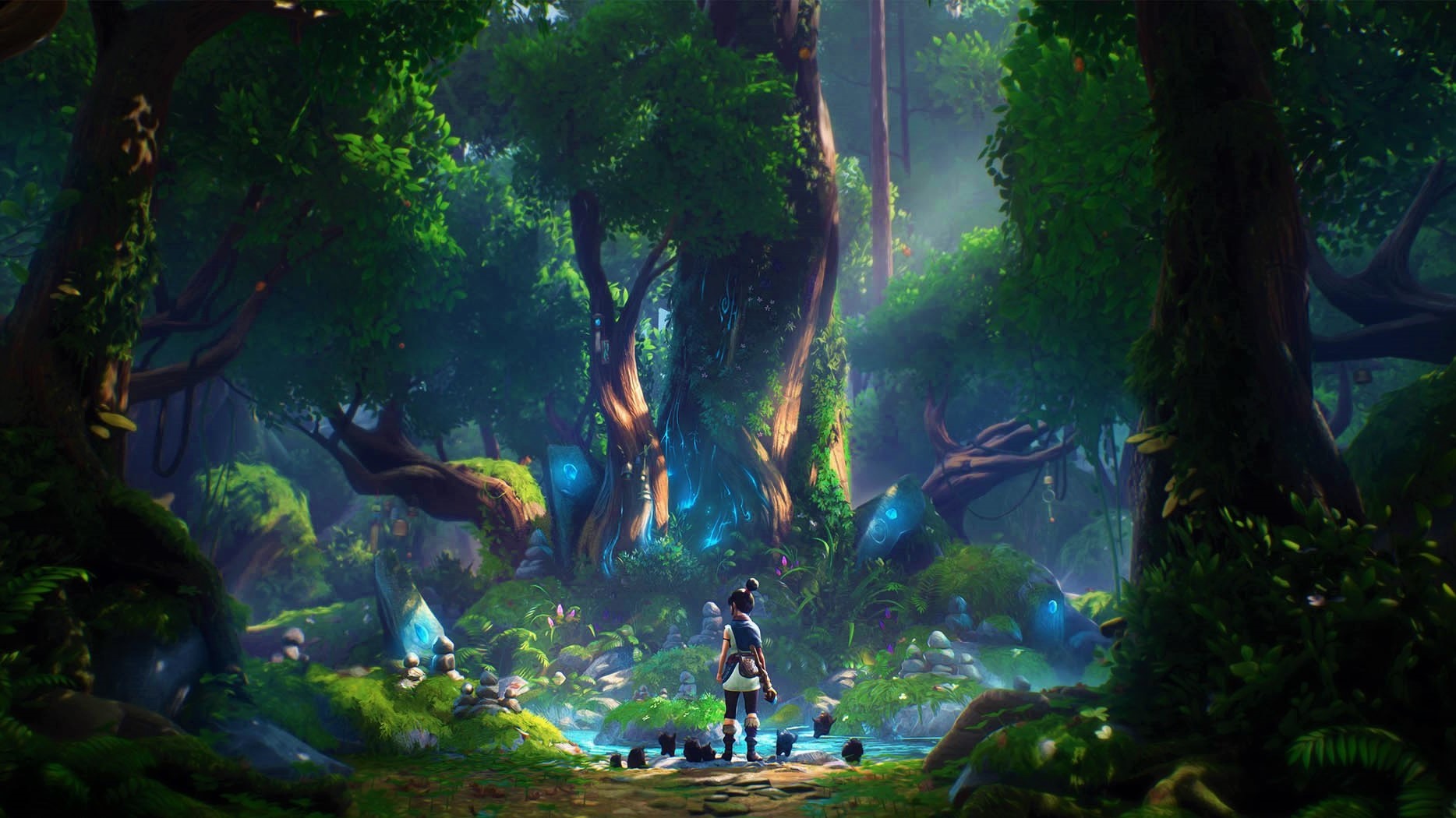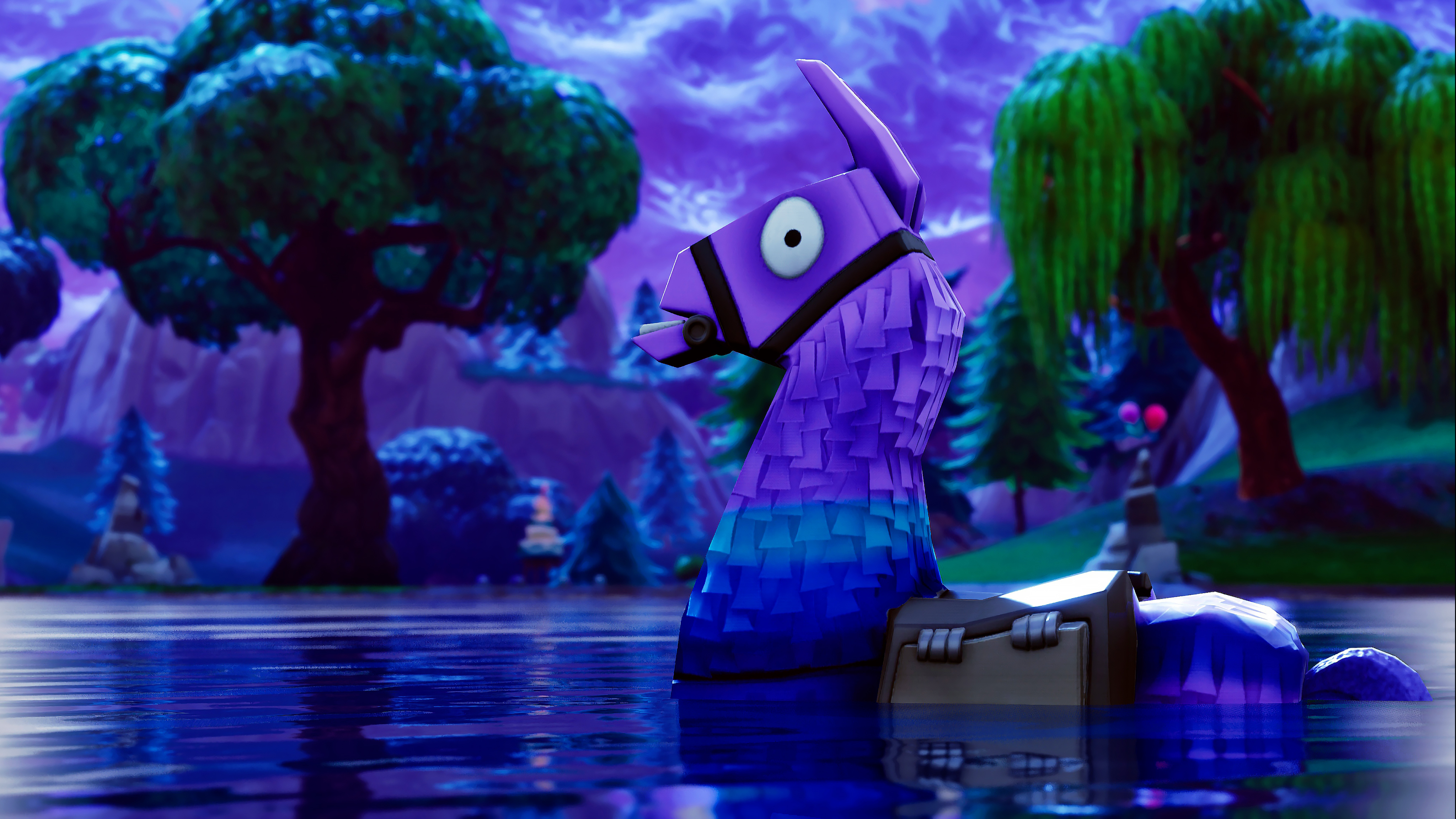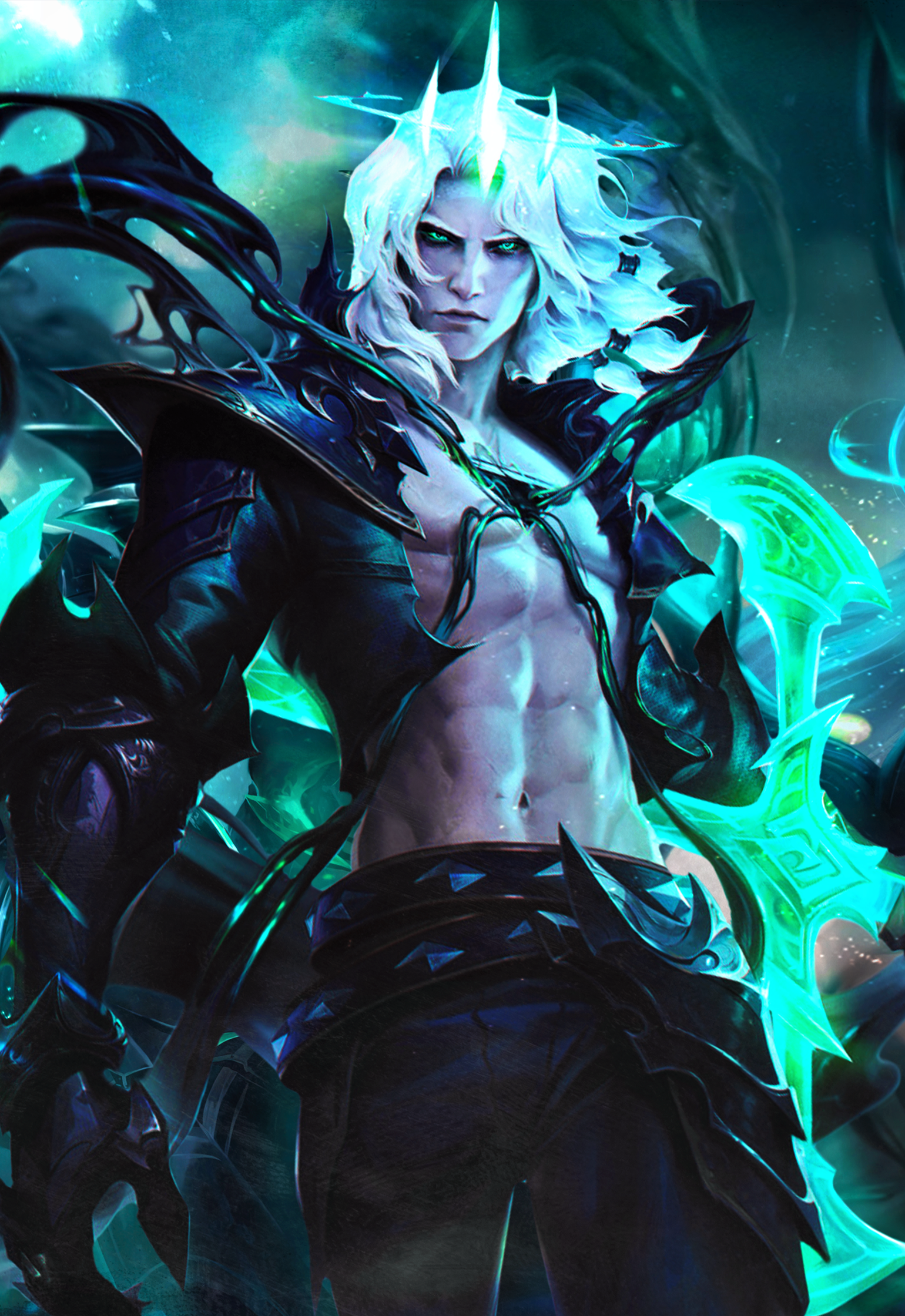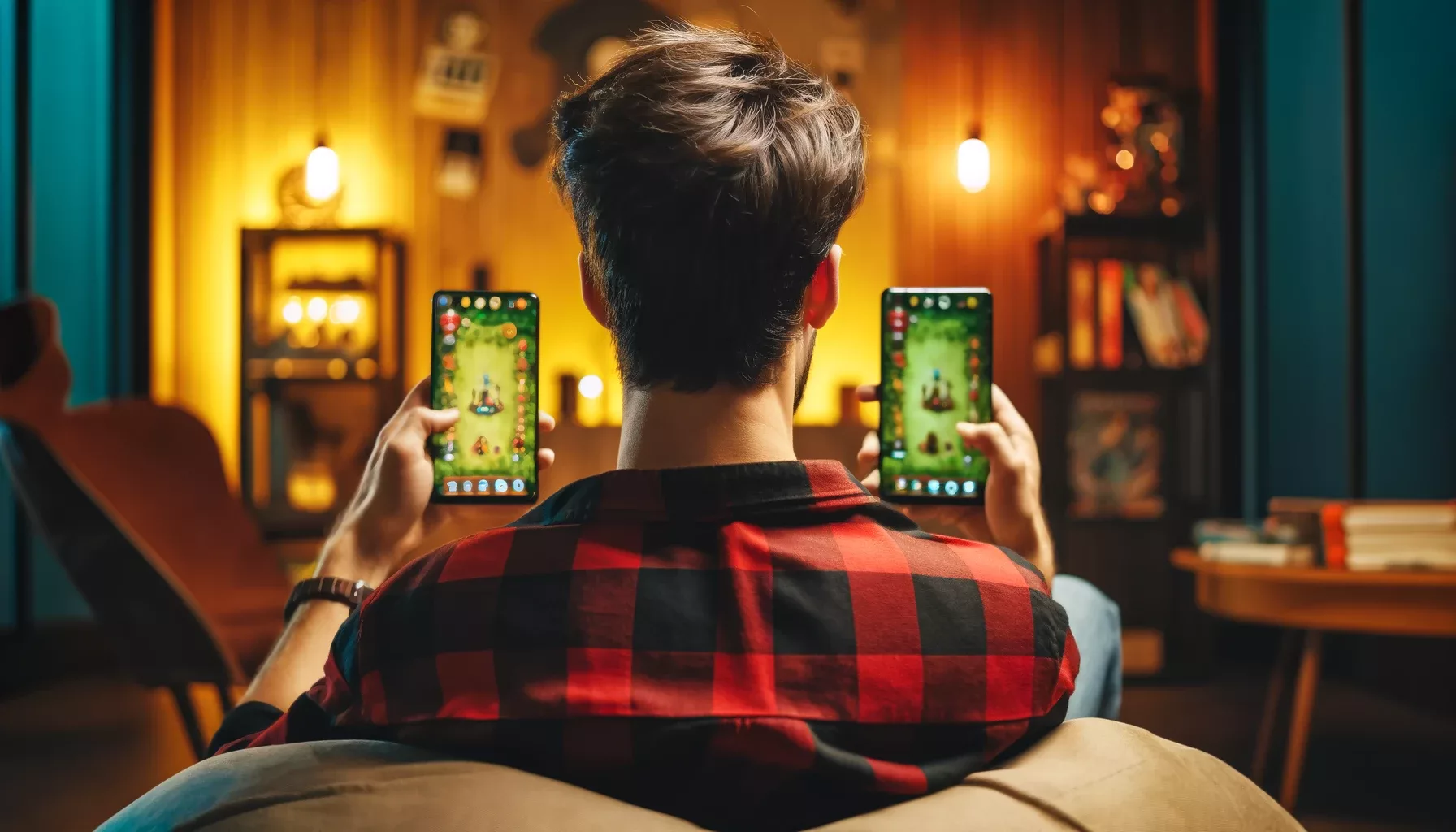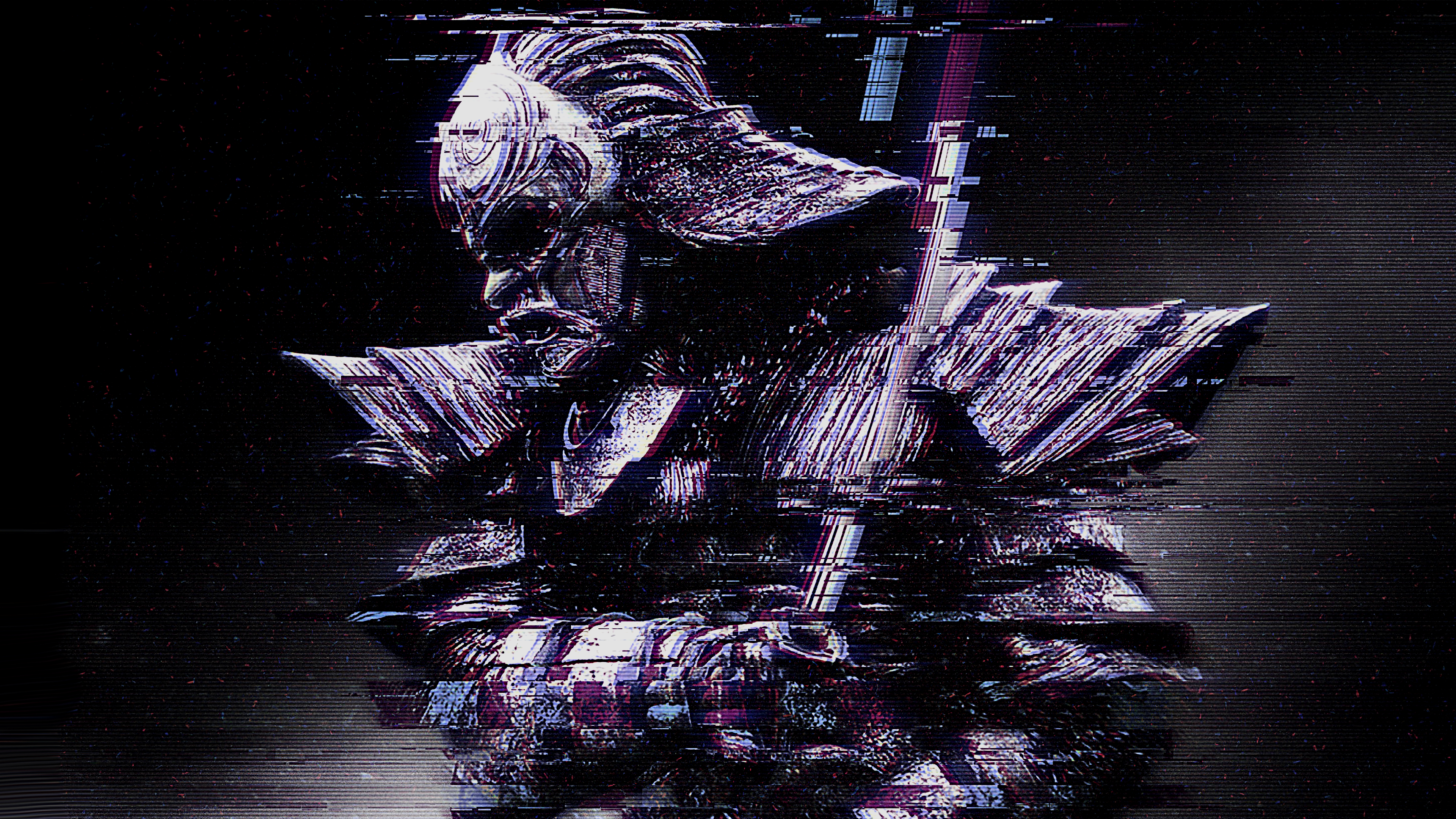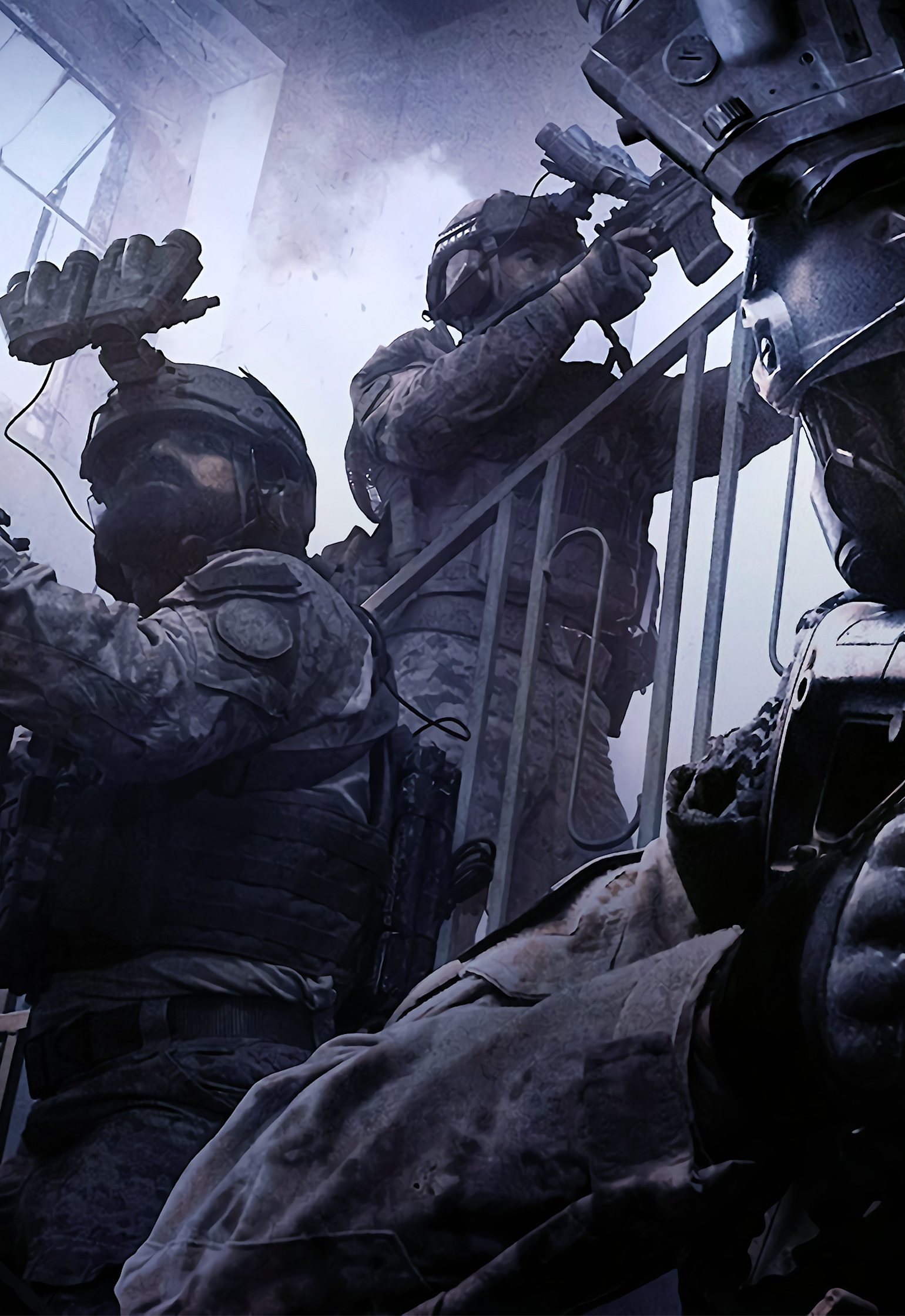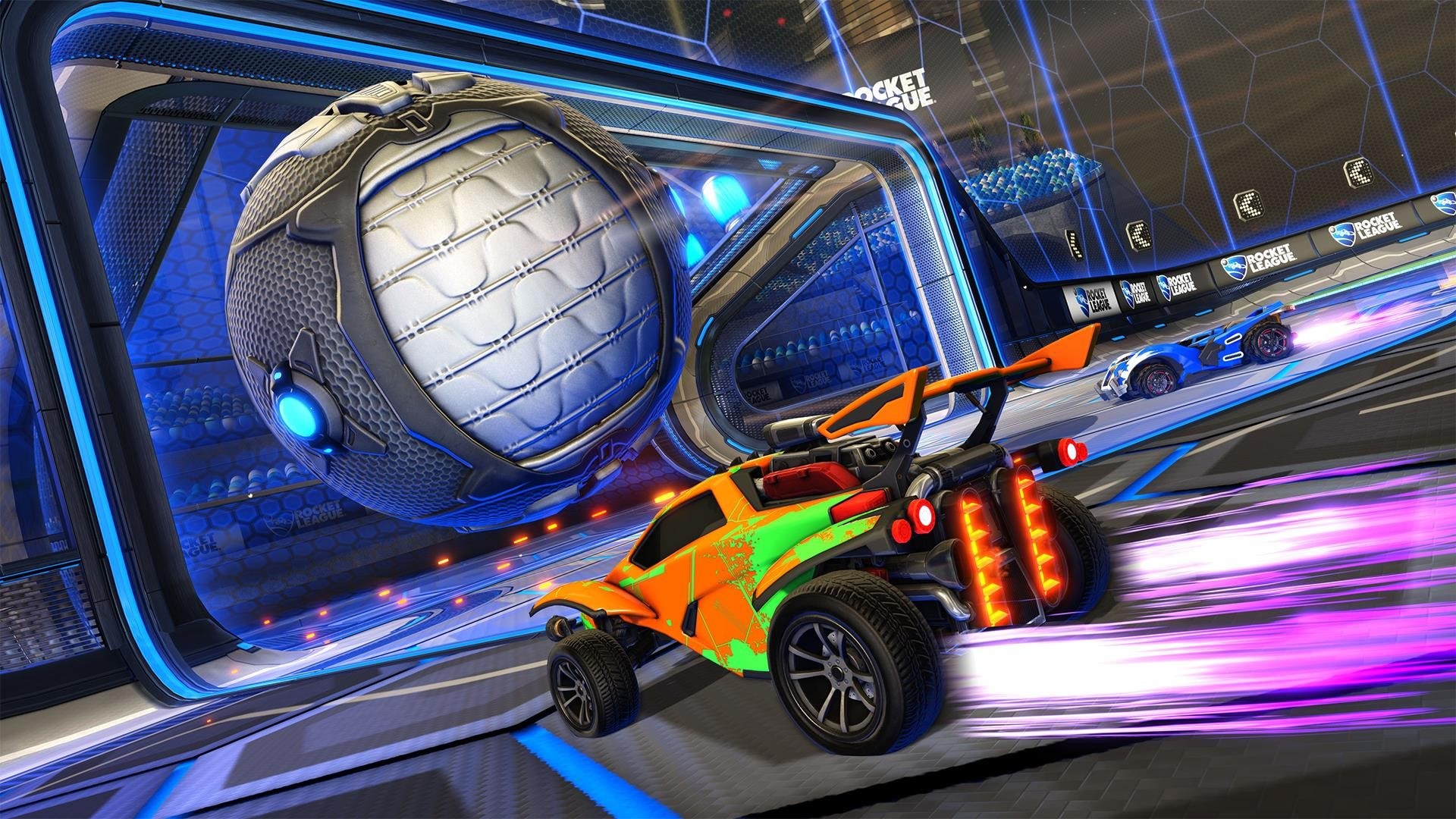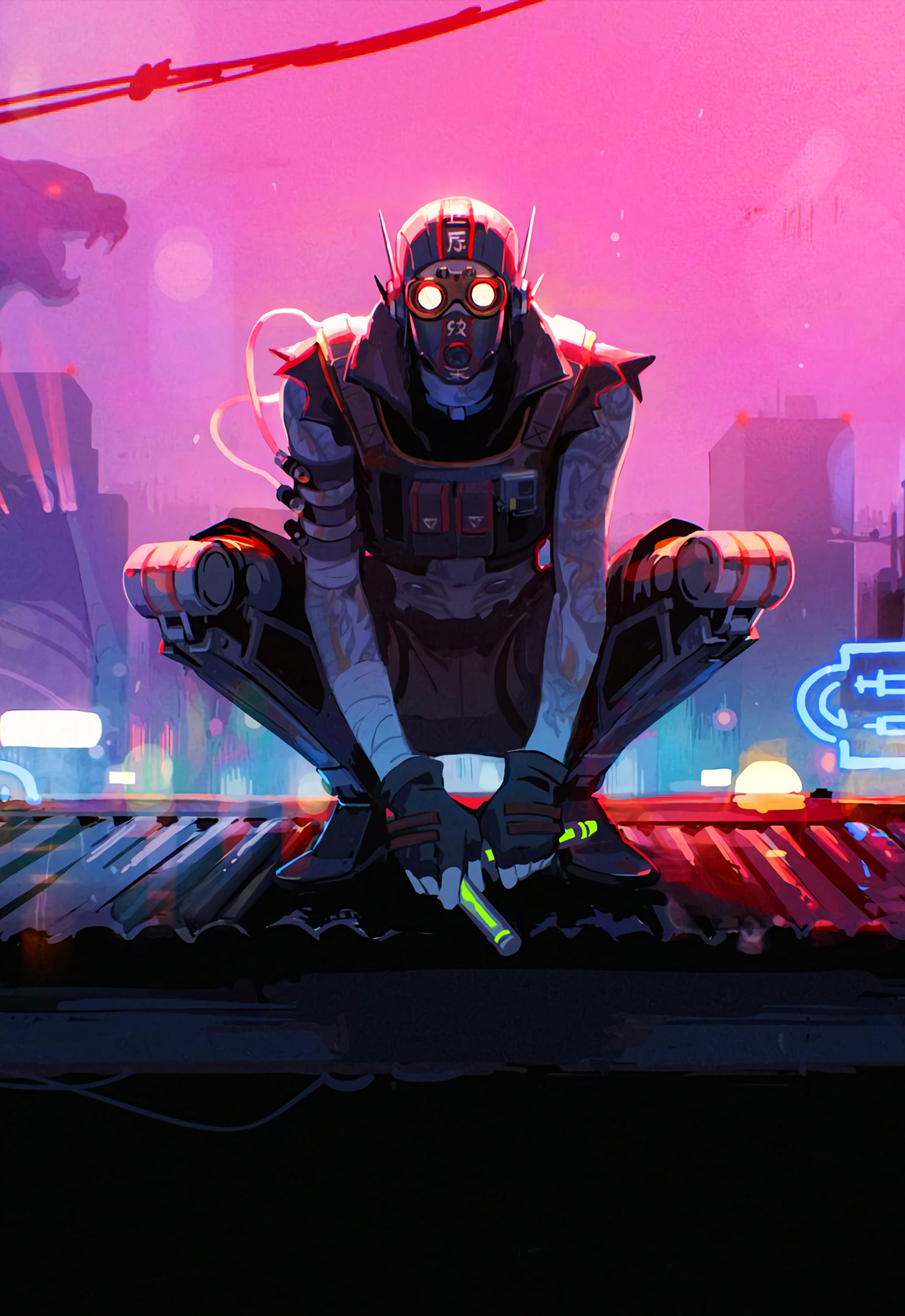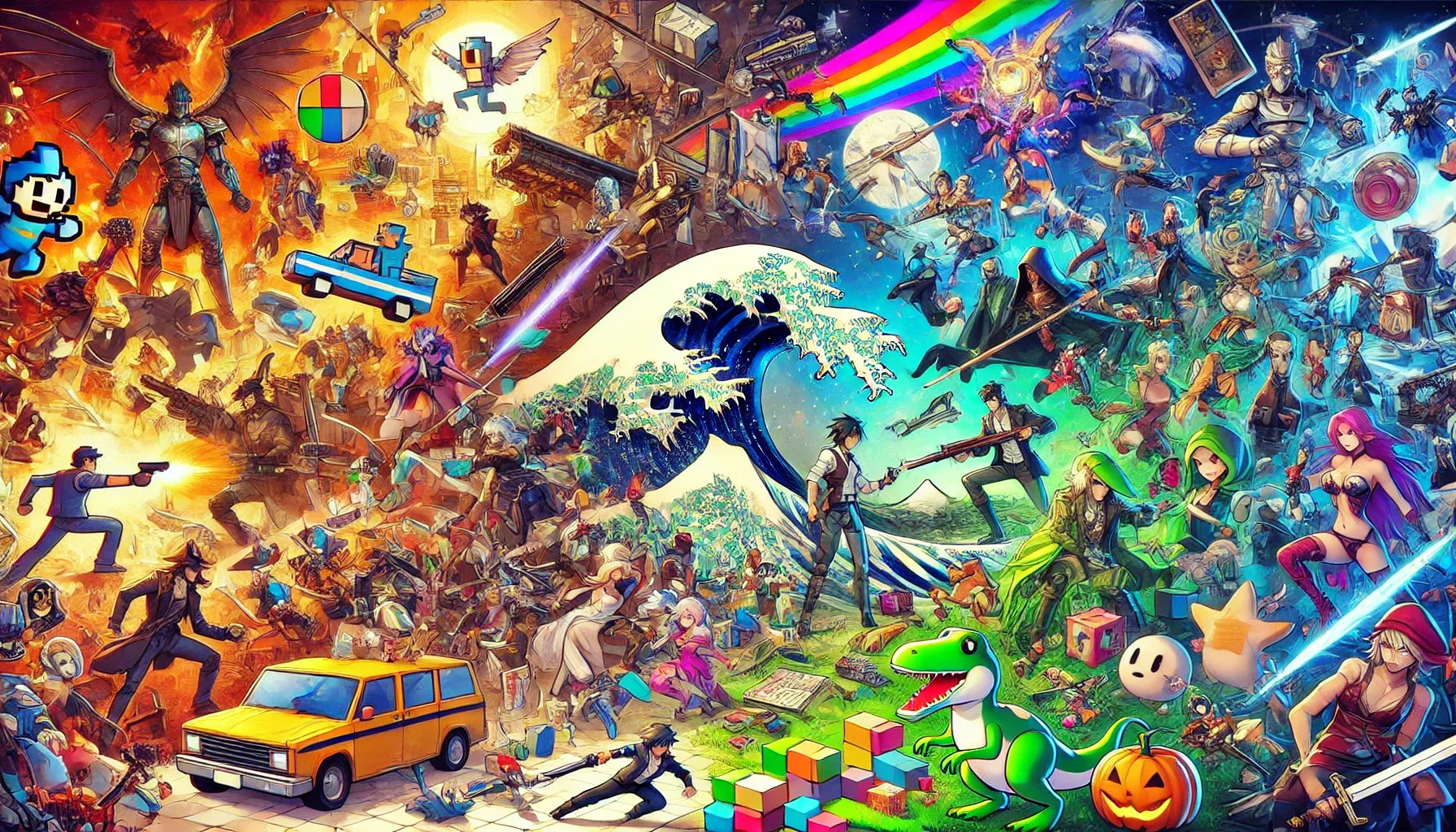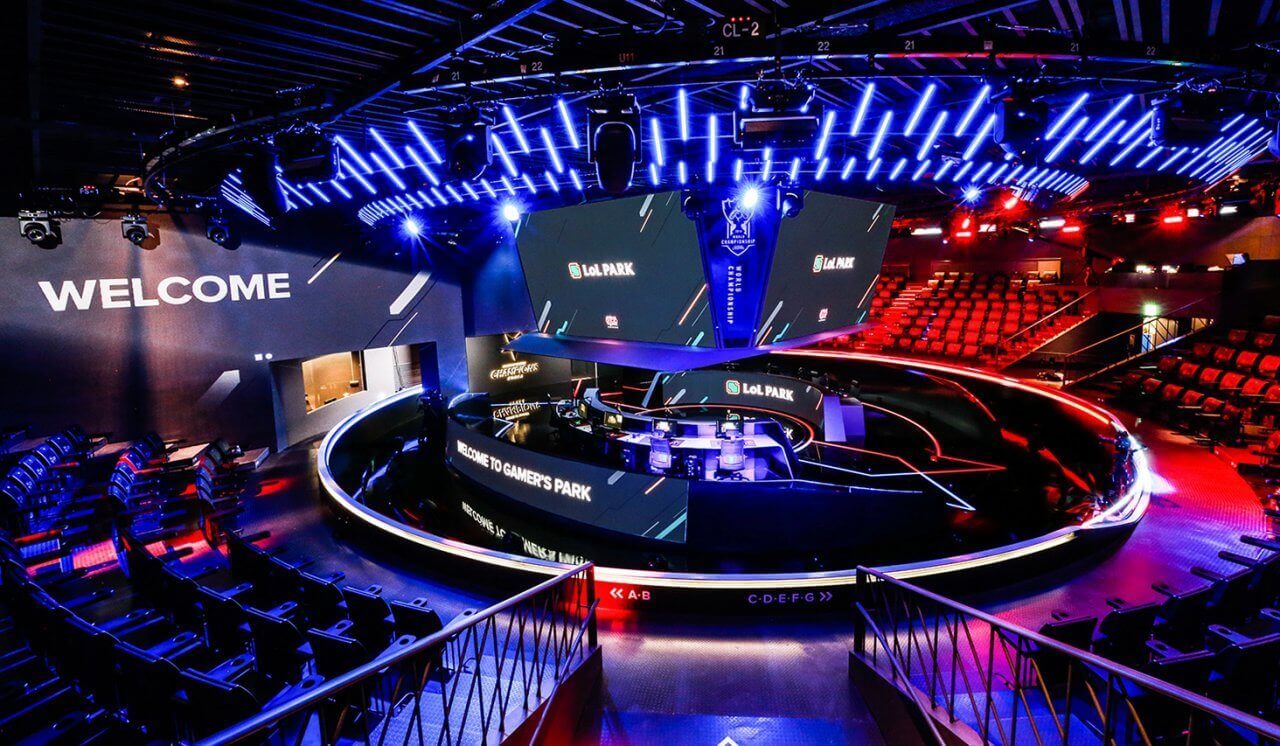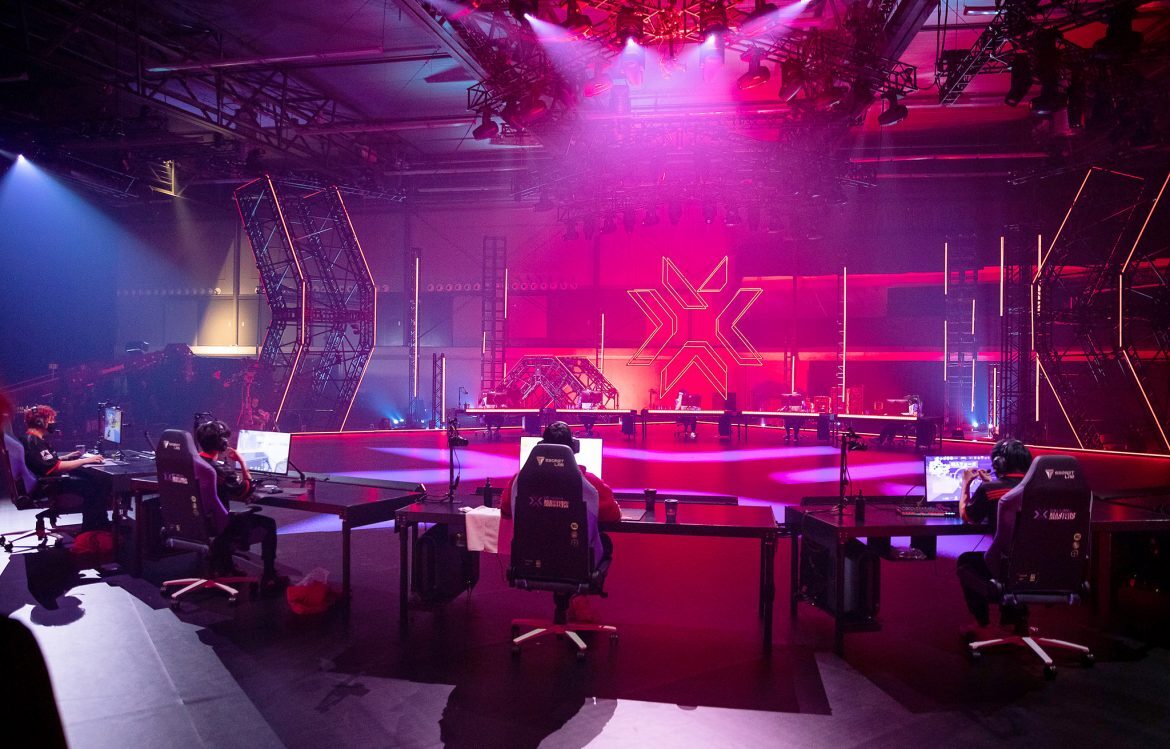Find out how 'Physical' expands beyond Korea, celebrating strength, endurance, and cultural diversity on a global level.

With half of its episodes already released, Netflix’s Physical: Asia is impressing fans around the world. The international spin-off of the wildly popular Korean competition show Physical: 100 aired on Netflix October 28, 2025 and has drawn attention for its intense physical challenges, cross-cultural concept, and the sheer determination of its competitors.
Series producer Jang Ho-gi, who also helmed the first two seasons, spoke with Deadline about the ambitious production and its global vision.
About Physical: Asia
In Physical: Asia, elite athletes from Korea, Japan, Mongolia, Australia, Turkey, the Philippines, Thailand, and Indonesia face off in a series of physical contests. Each challenge focuses on different skills, like strength, endurance or agility.
The focus of this spin-off is clearly to work within a team and find out each team member's greatest strength to win the games. The contestants push themselves far beyond their limits, making the show a truly inspiring watch for anyone interested in sports or, perhaps even more importantly, mental strength.
It’s a high-energy show that celebrates not only physical ability and sportsmanship, but also the courage to explore what you’re capable of when you push yourself a little further.
Building An International Game
From the very beginning, Jang and his team envisioned the original Physical: 100 as a journey toward an even larger project: Physical: World.
Jang explained that the core idea behind the show was always to transcend race, gender, and borders, and that expansion beyond Korea had been part of the plan from the very beginning. While the first season was heavily Korea-centered, the long-term goal was to gradually open the format to other countries, with spin-offs such as Physical: US and Physical: Italy already planned.
Rather than launching Physical: World immediately, the team decided it would be more natural to start with neighboring nations, which ultimately led to the creation of Physical: Asia.
The eight countries were not chosen for marketing reasons, Jang insists, but rather for their unique traditional sports and strong athletic cultures. Japan’s team includes Jiu Jitsu fighters, while Turkey’s features a traditional oil wrestler.
When Cultures Collide And Connect
Bringing together eight nations meant overcoming one significant obstacle: communication. "We had at least eight interpreters on set," Jang recalls. He added that, since many contestants were staying in Korea and faced language barriers, the production brought in an additional five interpreters per team to help support communication and logistics on set.
The show also became an opportunity to share elements of Korean culture with an international audience. Some referees appear wearing the traditional Korean gat, a wide-brimmed black hat. This detail, Jang notes with a smile, coincidentally gained attention at the same time as the Saja Boys in Sony and Netflix’s K-Pop Demon Hunters, who wore a similar design.
“They’re actually wearing the clothes of the Royal Guard, and also infused with the grim reaper of Korea. […] When we wrapped filming, K-Pop Demon Hunters just blew up, and everybody was going wild over this hat, so it was a nice coincidence.“
Looking Ahead: The Next Physical
We already know that Physical: US and Physical: Italy are planned for this franchise. Asked about further future plans, Jang says he’s especially excited about the idea of a Brazilian edition.
„I get the most amount of messages from Brazilian fans, saying that they want to see a Physical: 100, Brazil version. […] I would love to see it too, because they are a sporting powerhouse and are big sports lovers.“
Ultimately, Jang hopes audiences continue to embrace the show’s inclusive spirit. "These formats have immense potential to showcase diverse multinational culture for a broader audience", he reflects.
Which country would you like to see in the next Physical? Let us know in the comments!
